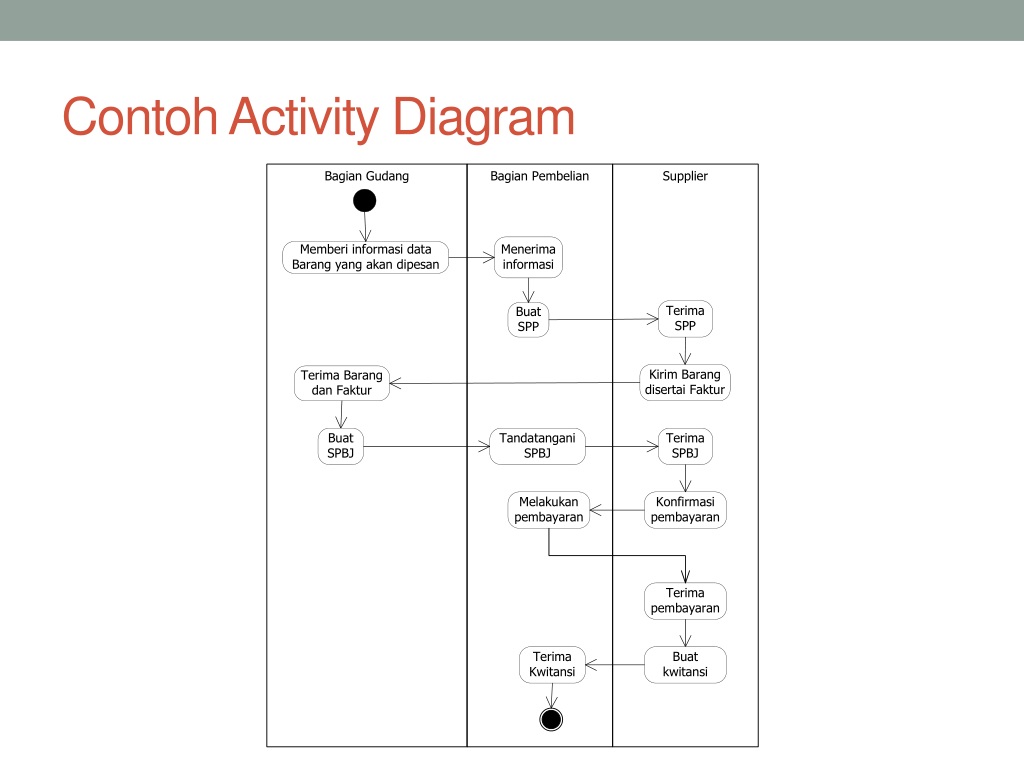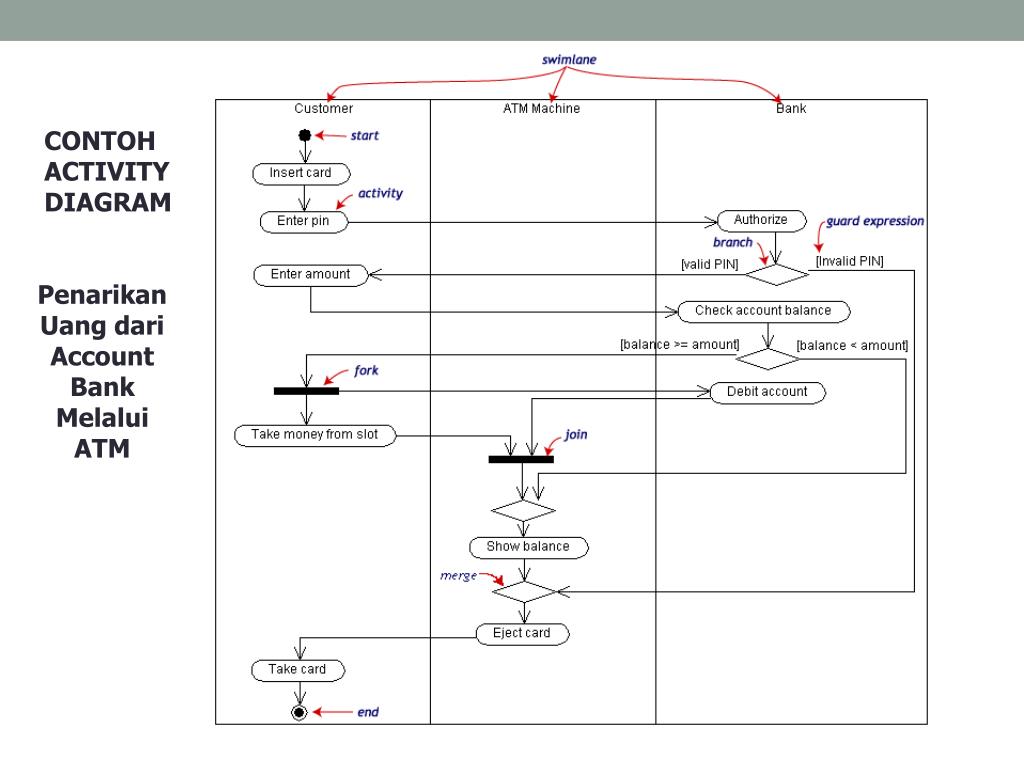

Japanese yen (JPY, ?) to the United States dollar (US$) means that ? US$1 or that US$1 will be exchanged for each ? In this case it is said that the price of a dollar in relation to yen is ? Exchange rates are determined in the foreign exchange market, which is open to a wide range of different types of buyers and sellers, and where currency trading is continuous: 2. For example, an interbank exchange rate of 1. Money Management | It is also regarded as the value of one country’s currency in relation to another currency.

Warning: Invalid argument supplied for foreach() in /srv/users/serverpilot/apps/jujaitaly/public/index.php on line 447.Įxchange Rate. * Bloctivity Anti-Pattern = Conflate Block and Activity syntax and semantics.Top VIdeos. * Allocate all Activities to Partitions that represent Conrol Object Blocsk. * SA/SD DFD Anti-Pattern (a.k.a., "Back to the Future circa 1980" Anti-Pattern) = Define Activity diagrams as Functional Flow diagrams without Parttions that represent Control Objects. * Recursively decompose ("nest") Block hierarchies by alternating between BDD definitions and IBD usages. * Conflate Control Object, Interface Object, and Data Object Blocks.

* Aggressively apply Object Triad Pattern triage techniques to Blocks in order to separate Control Objects, Interface Objects, and Data Objects. Compare and contrast UML Specification-Realization and Type-Instance dichotomies.Stated otherwise, Part Properties and Reference Properties in an IBD can have a different usages or roles depending upon how they are realized ("wired") in the IBD. IBD specifies Part Properties and Reference Properties usages or roles in the structural context of the Block that encapsulates them.A BDD defines a Block’s Properties, including its Part Properties (strongly owned Parts) and Reference Properties (shared Parts).white-box) and support recursive structural decomposition techniques during System Analysis & Design. IBD Block Usage DichotomyīDDs and IBDs complement each other (cf. When properly applied (See Usage Notes below) Block diagrams are recursively scalable and mathematically (parametrically) simulatable (See Executable Semantics below.) The purpose of Block Definition Diagrams is to specify system static structures that be used for Control Objects, Data Objects, and Interface Objects. compare and contrast: UML 2 Class and Component diagrams SA/SD System Context & Structure Chart diagrams IDEF IDEF1X diagrams.

Blocks can be mathematically constrained via Constraint Blocks to produce mathematically simulatable Parametric diagrams.Behaviors can either be encapsulated by Blocks (e.g., Operations, Signals, and State Machines) or Allocated (via «allocate» Dependency) to Blocks (e.g., Activities/Actions) directly or indirectly (via Interfaces).Blocks can be recursively decomposed ("nested") into Parts by alternating between Block Definition Diagram (BDD) definitions and Internal Block Diagram (IBD) usages (See Usage Notes below.).(See Usage Notes below.)īlock Definition Diagram (bdd): A Block Definition Diagram is a static structural diagram that shows system components, their contents (Properties, Behaviors, Constraints), Interfaces, and relationships. Blocks can be recursively decomposed into Parts, where each Part must also be defined by a Block.Blocks support both Provided (implemented or realized) and Required (used) Interfaces for both information and physical flows.Blocks can specify software, hardware, mechanical, and wetware (persons, organizations, facilities) components.The unique interaction points for attaching and connecting ("wiring") Block Interfaces are called Ports. Behaviors encapsulated by Blocks include: Operations, Signals, and State Machines. What is a SysML Block Definition diagram? Definitionsīlock: A Block (notation: rectangle with keyword = «block») represents a system component, a modular structural unit that encapsulates its contents ( Properties, Behaviors, Constraints) and supports first-class (i.e., can be drawn and directly manipulated in the model repository) Interfaces.


 0 kommentar(er)
0 kommentar(er)
